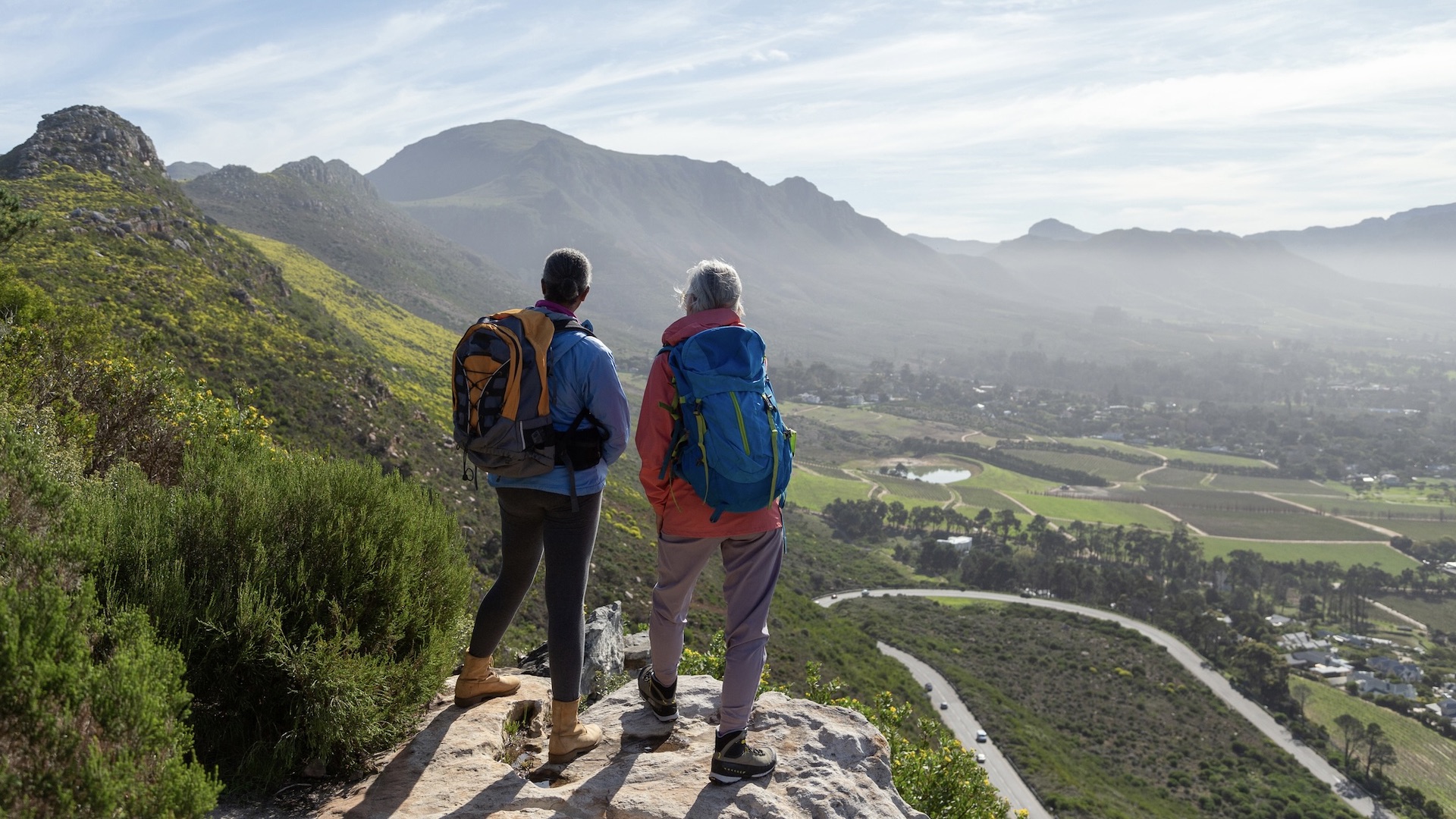
This weekend I hiked Ben Cruachan, a mountain in the highlands of Scotland that I’d never done before. It’s the highest and one of the more popular Munros in Argyll and Bute, rising up from the banks of stunning Loch Awe and together with another Munro and a smaller Corbett, it forms a horseshoe loop around the bowl that holds a reservoir and Cruachan Dam, where the Star Wars series Andor was filmed. It’s also reachable by train, making it very appealing to me as well as other car-free city dwellers.
Being an avid hiker and knowing the hike was around nine miles, I took the first train out and set off at 11:30 a.m., confident I’d make it back for the last train at 6:40 p.m. When I didn’t reach the summit until 3 p.m. thanks to a couple of wild swims and a leisurely lunch, I realized I was going to have to move through the remaining half of the hike at a fast clip or I’d be in danger of spending an unplanned night in the wild. I made the train, but on my way down I passed several groups of very slow-moving (and clearly unhappy) hikers who had apparently underestimated the demands of this pretty challenging hike, which features a long ridge of almost exclusive jagged rocks that you need to slowly pick your way over. None of them looked prepared to be spending the night out there, and I’m certain that all of them were up there far later than they’d planned.
It all got me thinking that the term “day hiking” can be a little misleading. Just because something is considered a day hike, does that mean it’s automatically easy and you can do it in trainers? What is day hiking, anyway? In this article, we look at this somewhat ambiguous term and cover exactly what you need to know, and pack, before attempting your next day hike.
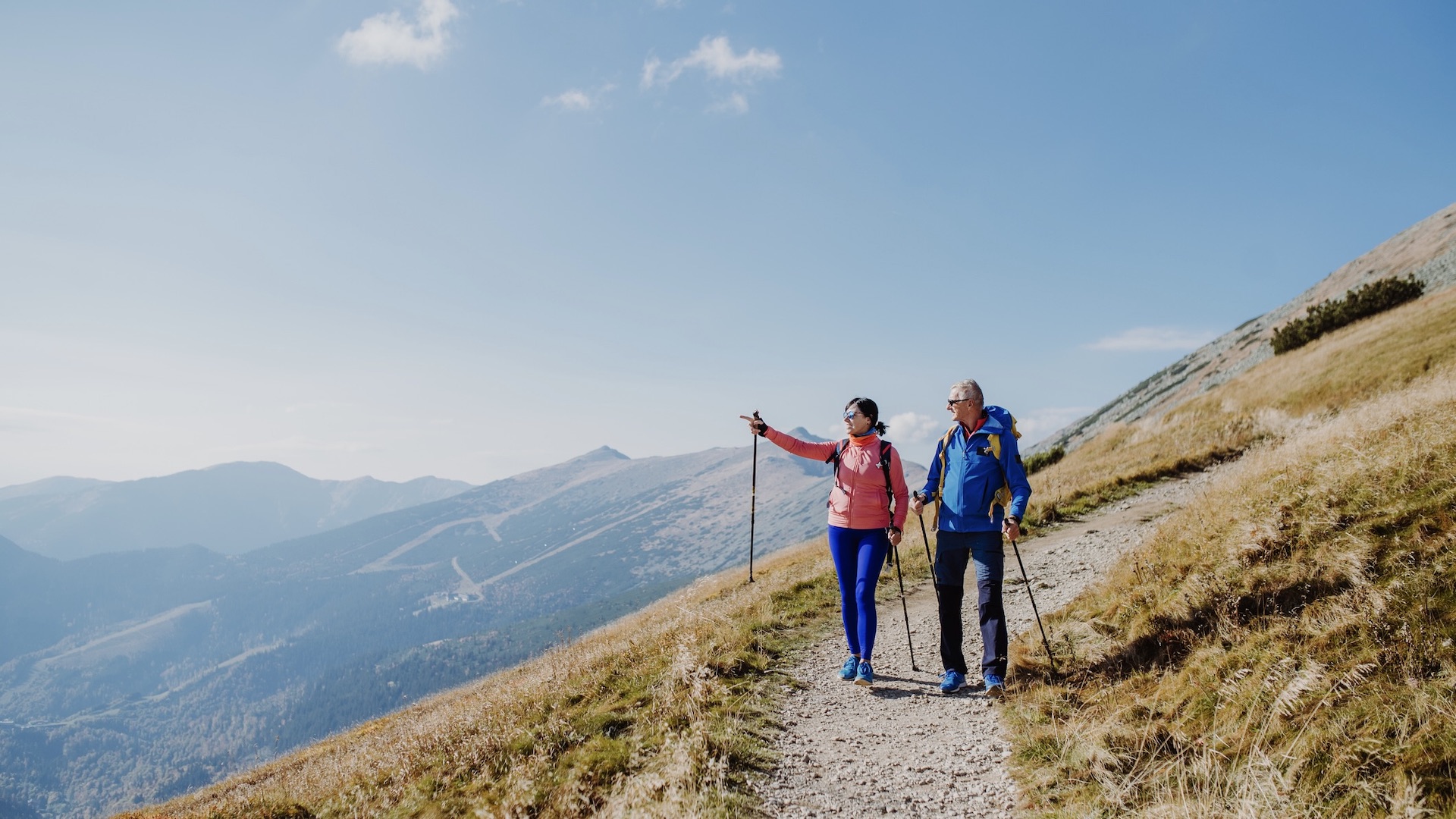
What is day hiking?
Day hiking is a term used to describe a hike that is completed in a single day. A day hike could range from an urban hike in San Diego to a Colorado 14er. We don’t typically use the term in ordinary speech, however, as you’d normally just say that you went hiking. The main reason you would use the term day hiking would be to distinguish it from a long distance adventure like backpacking or thru-hiking.
What is the difference between day hiking and backpacking?
Whereas a day hike is one that can be completed in a day, backpacking entails at least one night of camping along the way. For backpacking, you’ll carry a tent plus other camping gear like a sleeping bag, sleeping pad and camping stove, whereas if you’re day hiking, you’ll be planning to get back home or to your hotel by night to sleep in your bed. One exception here, however, is if you’re base camping. In this case, you could set up camp and then head out on day hikes from there each day. You’d still be sleeping in your tent at night, but not carrying it with you throughout the day.
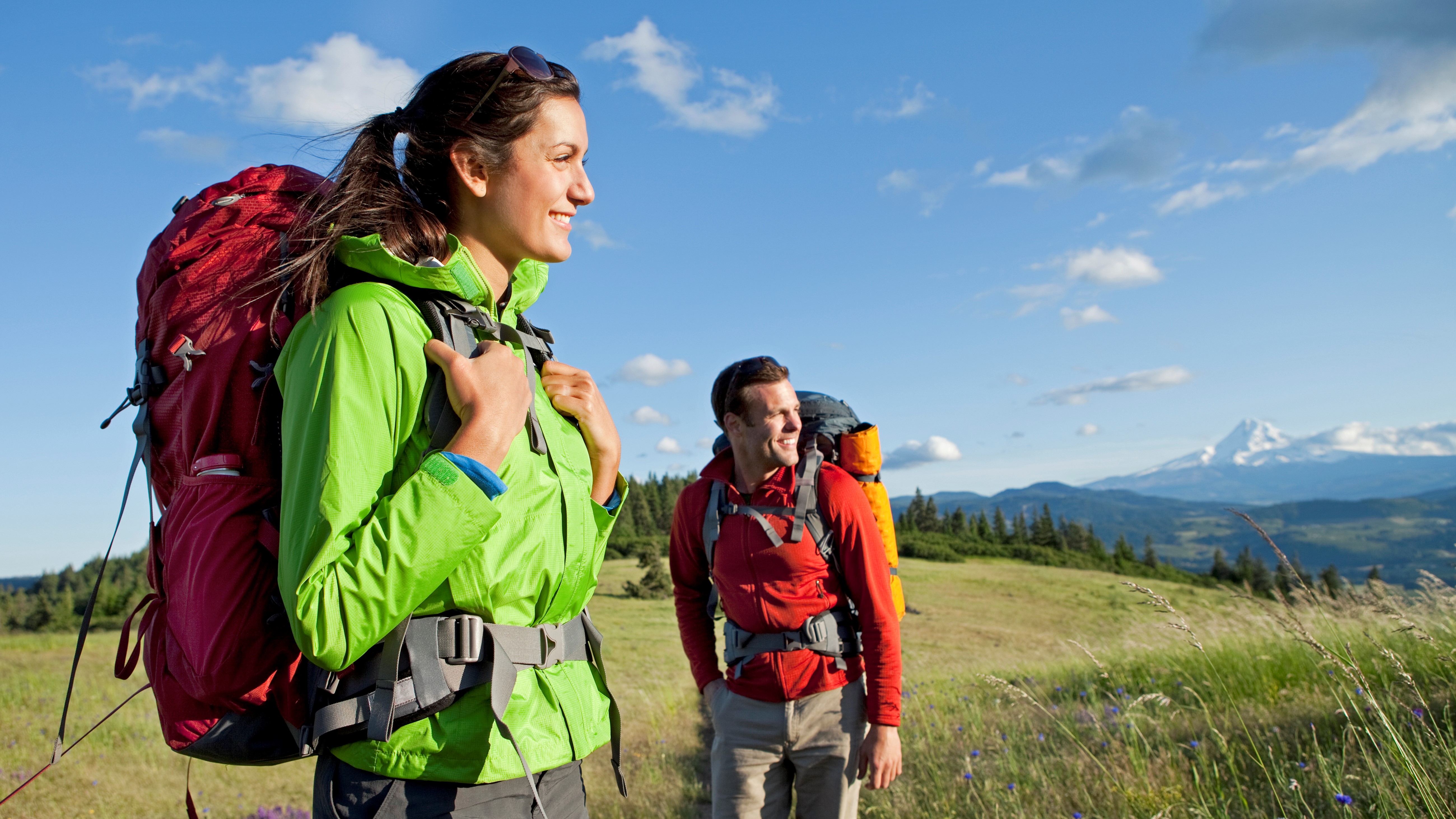
How long is a day hike?
In truth, there is no set length for a day hike, though at some point, you’d obviously max out on the possible distance you can achieve in a day. It’s common to think that day hiking is easy compared to long distance hiking, but that’s not necessarily the case. Lots of stupendous day hikes are under five miles, but if you want to get to the summit of Longs Peak, a Colorado 14er, in a single day, you’re looking at 17 miles roundtrip. The farthest I’ve ever hiked in a day was 23 miles along the West Highland Way, from Fort William down to Glen Coe. I’ve since decided that about 15 miles is my preferred maximum. Meanwhile, the intrepid adventurer Andrew Skurka famously covers about 33 miles in a day when he’s completing his long distance journeys.
Suffice to say, then, that everyone’s stamina and experience will determine how far they can hike in a single day, but once a hikes starts to get much more than 12 miles, you’ll probably want to think about whether you can comfortably and safely complete it in a day, or if you need to split it up into two parts and camp. Of course, difficulty as well as distance plays into this decision – I hiked Longs Peak in a oner, but I camped on the way up Mount of the Holy Cross, which is only 12 miles, since it involves two ascents on the way to the summit. Camping in the valley after the first climb meant my summit day was shorter.
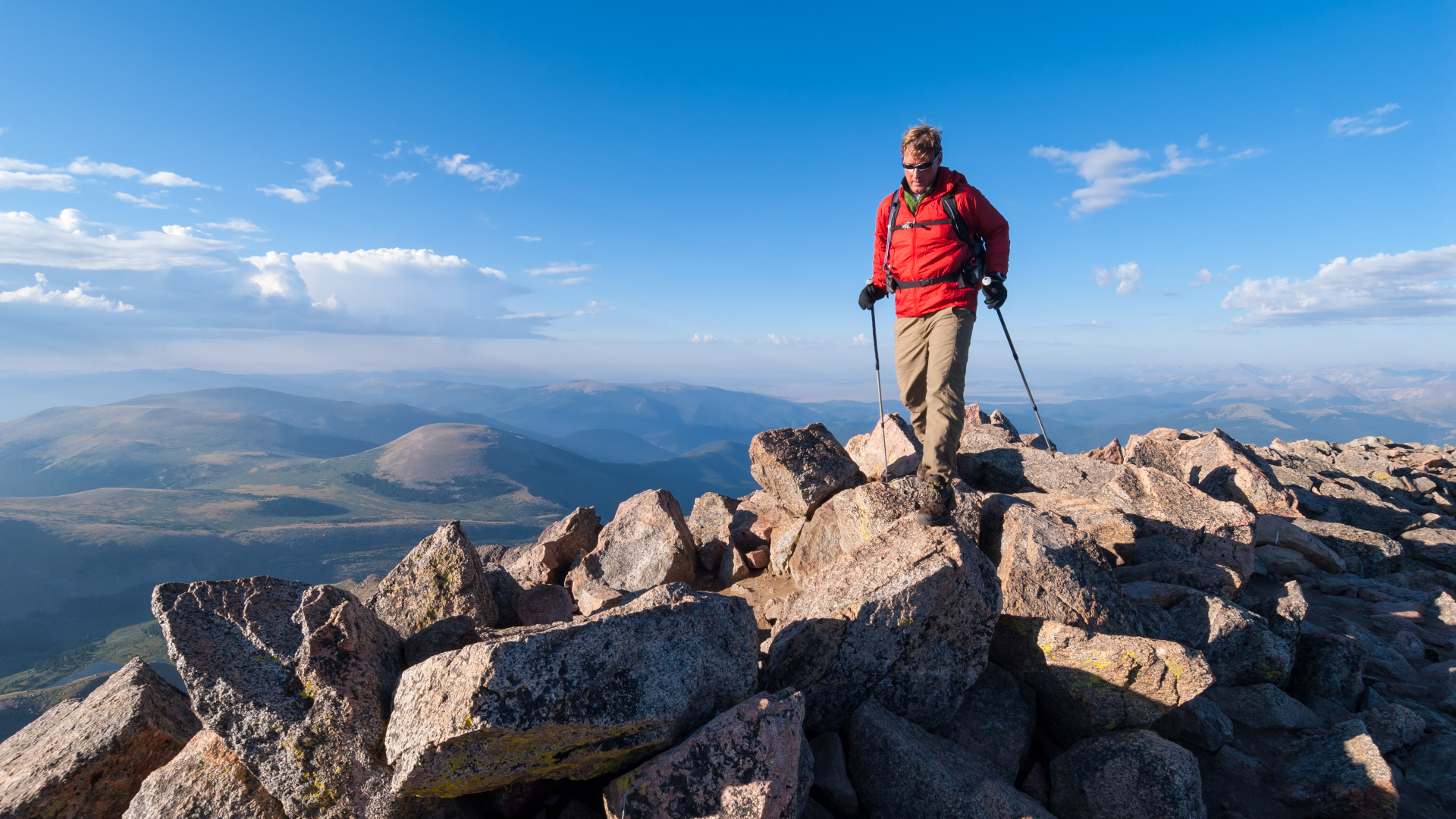
How to do a day hike
Assuming you’re just getting started with day hiking, it’s a good idea to find yourself some hiking buddies. Look for a local hiking group that you can join so that you can ease in and discover some trails safely while learning tips from more experienced walkers.
In terms of choosing a hiking trail, it’s best to start with shorter routes that are closer to home and work your way up gradually to help build your fitness and sharpen your hiking skills. Use hiking guides and check details such as elevation gain and terrain as well as distance. When you’ve selected a trail that you feel you can comfortably tackle in a day, always follow these steps:
- Make sure your footwear is well broken in before you wear it on a hike.
- Get a good night’s sleep the night before you leave so that you’re well-rested and thinking clearly.
- Check the weather in the area where you’ll be hiking the morning of your hike using a reliable weather app. If there’s severe weather in the forecast, change your plans.
- Leave early to maximize your daylight hours.
- Plan a strict turnaround time by which you’ll head back, even if you haven’t arrived at your intended destination (such as a mountain summit or waterfall).
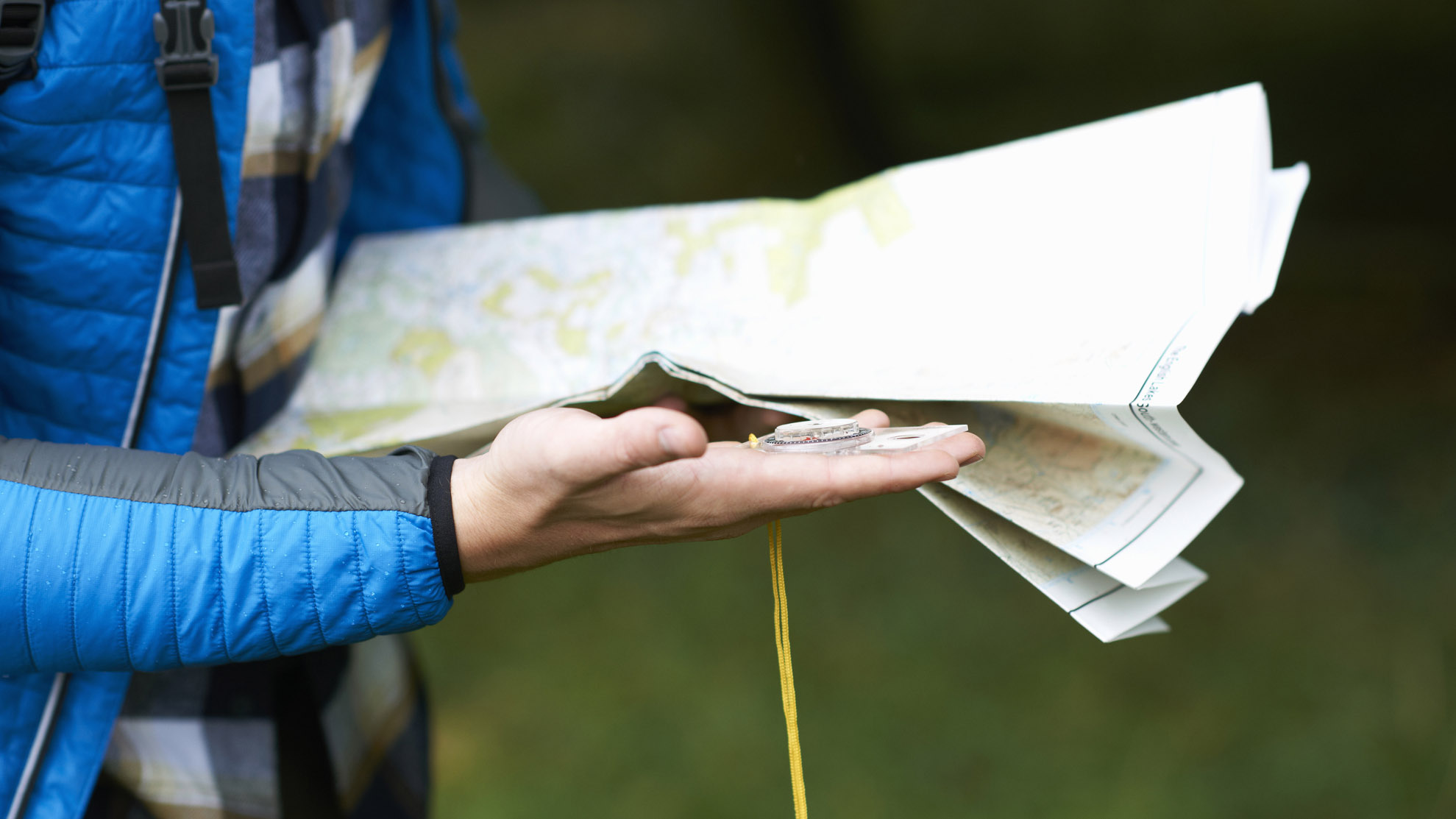
Day hiking checklist
Because day hiking could really vary from urban hiking to backcountry escapades such as desert hiking, what you need will vary somewhat, but you should in general plan to have most of the following gear before you set off:
- Sturdy footwear: the right footwear depends a lot on the type of terrain you’ll be hiking on. Rocky alpine terrain and boggy conditions can call for hiking boots, while warmer weather and well-maintained trails can mean that hiking shoes or even trail running shoes are suitable. Furthermore, you’ll need proper hiking socks, that fit well and wick sweat so they don’t rub, and we recommend those made using merino wool.
- Base layer: Regardless of the weather, it’s a good idea to have the layer worn next to your skin be made of a moisture wicking material for when you get sweaty. This can be a T-shirt or a long-sleeved design, but make sure it’s of a quick-drying fabric like merino wool or a synthetic material and not cotton.
- Hiking pants: Though in a lot of conditions, you can hike in yoga pants or, yes, even jeans, it’s best to invest in hiking pants or shorts. These can arm your legs against ticks, prickly bushes and abrasive rock, give you enough stretch for scrambling and have lots of pockets for maps and gloves.
- Insulating layers: Whether you wear it or it’s in your backpack, you should have an insulating mid layer such as a fleece jacket at all times. In the summer months, this might actually be your outer layer, whereas for winter hiking, you’ll wear it over your base layer and under a outer layer like a down jacket.
- Rain protection: Getting soaked when you’re miles from civilization is no laughing matter. In all but very arid climates, carry a waterproof jacket and rain pants, and even in arid conditions, consider a jacket to keep the wind off when you’re up above treeline.
- Hat and gloves: These items are easy to forget when it’s warm out, but for heading up high or in cooler conditions, always pack a beanie and hiking gloves. In very sunny conditions, use a peaked hiking hat to protect your face.
- Backpack: After a couple of hikes, you’ll soon realize why your old college book bag isn’t up to scratch for hiking – your shoulders will be aching. Get yourself a daypack that’s no bigger than about 30L to carry all your gear. This should be contoured to your body with a mesh back for airflow and have adjustable shoulder straps as well as a hip belt and sternum strap.
- Walking poles: Not everyone likes hiking with trekking poles and it’s not mandatory, but for uneven terrain and long descents, try a pair out for size as they can help you hike more efficiently, find your balance and save your knees from wear and tear. A collapsible pair that fits in the mesh pockets of your backpack when you’re not using them is best.

- Sun protection: A day hike can still mean you spend eight hours outdoors and those UV rays still get through the clouds. Practice responsible sun protection for hikers, reapply sunscreen regularly and wear sunglasses to protect your eyes. For high-glare situations like near water, ice and snow, consider polarized lenses.
- Water: One of the most common hiking injuries is actually dehydration and it’s vital to carry plenty of water, either using water bottles or a hydration pack. In hot weather or for long hikes, bring a method of purifying water, such as a filter or purification tablets.
- Food: How much food you need depends on the length of your hike. If you’re just going for a short three-mile hike, it can be nice to have lunch back in town, but bring a hiking snack like a granola bar just in case. For longer hikes, pack lunch and snacks and make sure you eat enough.
- Navigation tools: Getting lost on a hike can be deadly. Bring a topographical map (or OS map in the UK) of the area where you’ll be hiking and a compass. If you don’t know how to use these tools, it’s helpful to get some training to know how to navigate in the wild, and even when you’re sticking to well-marked trails such as those found in National Parks, keep your wits about you and stay on the trail.
- Poop supplies: You might be wondering what happens if you need the toilet on your walk. There aren’t always toilets available (though sometimes there are) so the best approach is to carry a trowel and some toilet paper and read our guide on how to poop in the woods.
- First aid kit: Accidents happen, especially when there’s uneven ground underfoot, and even when you don’t take any falls, there are always blisters, bug bites and poisonous plants to contend with out in the wild. Always carry a hiking first aid kit so you can take care of any bumps, rashes and bruises immediately.
- Emergency gear: Finally, if you do get hurt or lost, you might be looking at an unplanned night in the wild. For safety, carry an emergency blanket or bivy sack and a headlamp and for more remote areas, consider a two-way satellite messenger in addition to your phone in case you need mountain rescue. A hiking whistle is a good idea, and if you’re hiking in bear country, know what to do if you meet a bear and carry bear spray and a bear horn.






